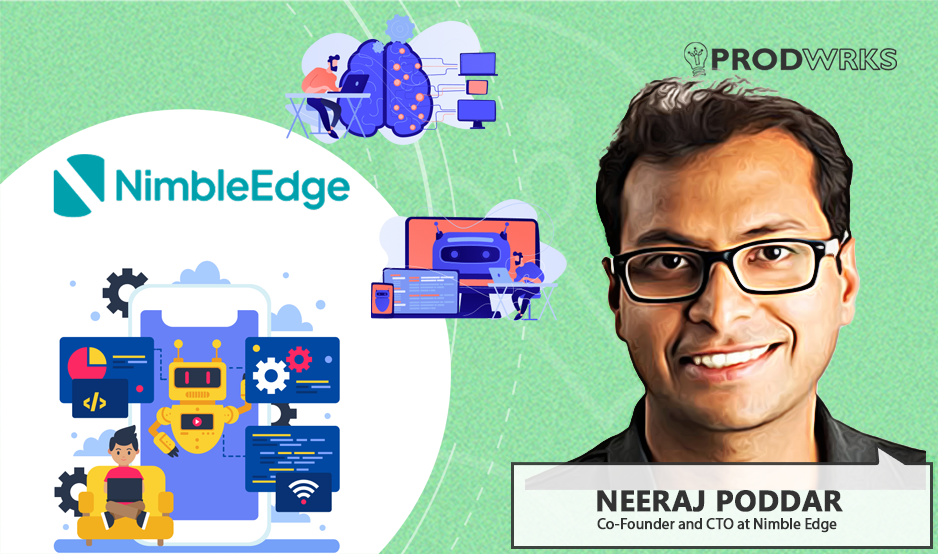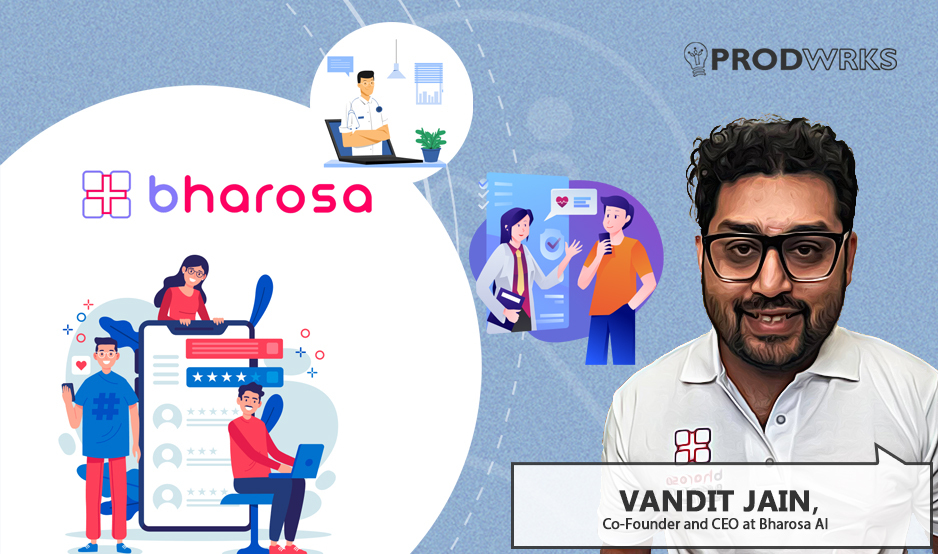
India’s industrial sector is rapidly digitising, but workforce training remains stuck in the past. Despite billions spent annually, most companies still rely on physical training to onboard factory and field workers, where methods are slow, expensive, and hard to scale.
This inefficiency caught the attention of Srinivasan V, a self-taught entrepreneur in Chennai, who had been experimenting with virtual reality. Srinivas explained, “Usually, people start with a problem and then find a solution, but I had VR and was looking for a strong problem to solve.
This led to GrahasVR, a brand owned by “Square Comp” based in Chennai, India, that’s building immersive, environment-specific training modules for industrial workers. Today, it operates across four countries, serves 11 enterprise sectors, and is helping reshape how frontline teams learn in complex, high-risk environments.
The Self-Taught Entrepreneurial Journey Into the VR Space
Srinivas says, “I’m self-taught and have worked across roles in support, sales, and exports. I would often make it to the final round of interviews, but kept getting rejected just because I didn’t have a degree. That’s when I decided to build a company where skills matter more than certificates.”
“Computing craze and mobile phones are kind of in a downward spiral. Now, we are no longer interested or excited about any new smartphone launch. But it became clear to me that VR could be the next major form factor in the evolution of computing.”
Challenges in Industrial Workforce Training
Grahas VR began its journey by building VR headsets designed as smartphone accessories. However, the team soon realised there were limited use cases beyond media and entertainment. Around the same time, a casual conversation with an HR professional at a large manufacturing company revealed the challenges they faced in training their workforce, sparking the idea that shifted the company’s direction.
The training of the workforce in industrial companies came with a set of persistent and costly challenges.
- Safety risks: Hands-on training with heavy machinery exposed trainees to significant safety hazards. Inexperience in operating complex equipment often led to accidents, making it difficult for companies to provide real-world training without putting people at risk.
- Costly errors: There was a constant risk of damaging expensive machinery during training sessions. A single mistake could lead to breakdowns or the need for costly repairs, which further increases the burden on operational budgets.
- High costs: Companies invested heavily in physical training setups, recurring sessions, and full-time trainers, where annual training budgets frequently ran into several crores without a proportional return on retention.
- Time-consuming process: Traditional training programs could take anywhere from 12 to 18 months for a single worker to reach full productivity.
Grahas VR connected the dots from industrial training challenges and discovered a new use case for their VR headsets in workforce training.
Srinivas explained, “The companies spent around 5 to 6 crores per year training 300 blue-collar workers, with training taking 12 to 18 months per person. And that cost and time scale were mind-boggling to me. That’s when I saw VR as a powerful alternative to traditional training methods.”
A Growing Set of Use Cases Across Industries
Grahas VR delivers training through immersive 3D-based virtual reality modules and customized solutions where the primary users are frontline workers who are trained in skills like equipment handling, safety, and operations and the key decision to avail the product and its services is taken by plant heads, CIOs/CTOs, and learning and development leaders.
Initially beginning as a manufacturing-focused solution, GrahasVR is now being adapted for R&D, product development, marketing, and site operations across sectors like pharma, shipping, and heavy industry.
Srinivas explains, “The same training simulation we built for a factory floor worked just as well for product demonstrations. If you have a large industrial machine that’s hard to transport, we can recreate it in VR, and you wouldn't need to ship it around anymore.”
Building a Platform That Adapts to Real Work Environments
“We realised early on that even two factories making the same product don’t look the same,” Srinivas says. “So we started developing content that mirrors each client’s real environment.”
User research played a big role. The team worked closely with HR, IT, and plant operations to identify core problems. One major insight came from observing how workers remembered training better when it was delivered through stories and emotion rather than just steps.
This led to the development of the STEP framework, Story, Emotion, and Place, which became Grahas VR’s methodology for designing content that sticks.
“If you just tell someone ‘press this button,’ they forget. But if you simulate a fire, show the consequence of not pressing it in time, and anchor it in their workplace, the learning stays.”
A Network-Driven Entry, Expanded Through Partnerships
“We started by reaching out to people we already knew in the industry, where Co-founder Sriram brought over a decade of experience working in companies such as Mercedes,” says Srinivas. “That gave us the first few opportunities to deploy our product.”
Tracking Engagement Through Average Daily Usage
“We don't track daily or monthly active users as our service is used only for the specific use cases,” says Srinivas. “If someone is spending five to six hours a day inside the experience, it means the product is truly integrated into their workflow. That’s our north star.”
The Shift to AI-Powered XR Glasses
“The real transformation will happen when XR moves from bulky headsets to lightweight glasses,” he says. “That’s when usage will scale and the product becomes an extension of the self.”
“When that shift happens, even our goal of five to six hours of daily usage will become realistic,” he adds.



